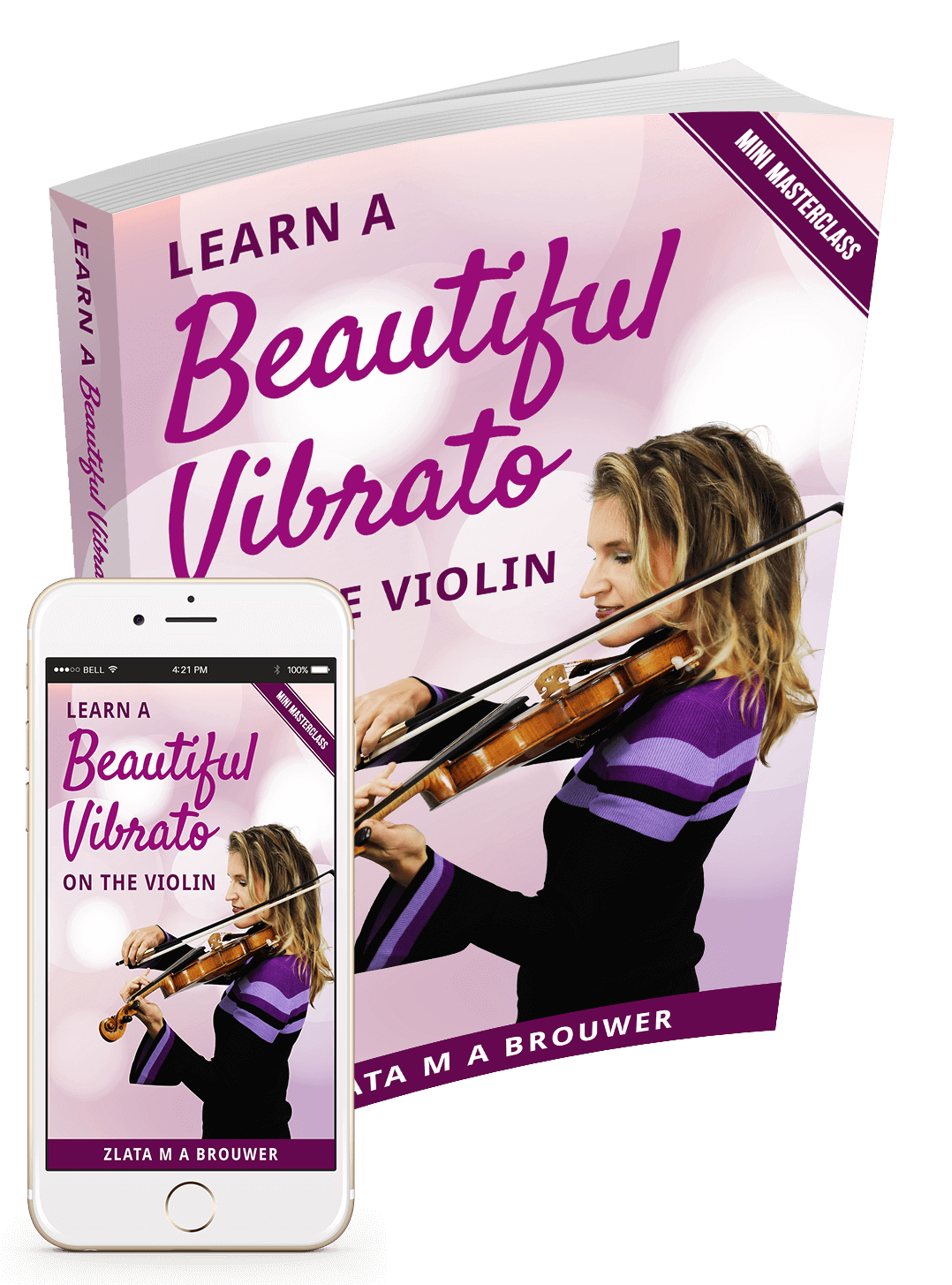Where to Start Practicing a New Piece of Music?
Do you think that if you just repeat a piece over and over again that magically you can play the piece?
If you have a new piece of you music that you want to practice on, what is the fastest way to learn it? Many violinists think you’ll learn a piece fast by, just keep repeating it, however this not only boring but also incorrect. In this blog, I will teach you a method to help you learn a new piece of music which will be more effective, and faster, than just playing the piece over and over again.
How to learn your new piece of music fast: the whole-part-whole-methods
Maybe you are not yet familiar with the whole-part-whole-method, so I will explain my own version of it. If you have a new piece, you can take it while reading through this blog so you can follow my steps.
You will start at the whole stage. In this first stage you can listen to the recorded version of the piece if you like that. Afterwards, have a very good look at the sheet music and already think about the character of the piece and things you notice, e.g. some technical aspects. At this stage, you only look at the (sheet) music, so don’t start practicing the piece yet.
Once you start playing- after you have studied the piece- you’ll have two choices. Since you cannot play fast and neat yet, you can either chose to practice it slow and neat, or fast and sloppy. While this may sound counterintuitive and you will make mistakes, I’ll advise you to try out both ways in this whole stage.
Study the parts
After this whole stage you evaluate what aspects you need to practice on. Are there for example any technical aspects you’ll have to practice on? Or are there any musical difficulties? Just by looking at the piece as a whole- so listening, looking, playing it in several ways- you will know your To Do-list for the piece.
When having this clear, you can now move on and look at the details by going through the part-section of your piece of music. Here, you will play the difficult chunks of the piece -maybe a couple of bars, or a couple of notes. Additionally, you can practice the transitions since there may be a difficult position change, or a sudden change of bowing etc. Then, you could practice some scales or a tune that fits to the technical need of the piece. So you don’t only practice the piece, but also think about what tunes or skills you can get to make the piece better.
In this stage, you can of course also make exercises yourself such as rhythmical or melodic variations of (parts of) the piece. Overall, you really dive into your music and study the details. Don’t go through the entire piece all the time, but just pick out those parts that you need to study on.
Up next: evaluation
If you are ready with the part-phase, and your practice maybe sounds good already, you evaluate what the piece sounds like and how you practice is going. Based on this, you decide what you are going to do: are you going to perform it? Or are you going to put it in your desk and start a new piece? Or maybe you want to start the whole cycle again?
In the last case, you will have an entirely different kind of circle. We again start with the whole phase, but now we analyze what you are going to practice. Then we evaluate, go to the part-phase, we practice and go back to whole again. This way, you can always keep evaluating yourself.
That is how I think it’s the best and most fun way to practice a new piece of music on your violin. In this way, you will get results faster without doing the exact same thing over and over again.
Let me know in the comments if these tips work for you after you tried them!
Love,
Zlata
‘PS: Do you want to see YOUR question answered in a Violin Lounge TV episode? Post a comment below!’
FREE Violin Scale Book
Sensational Scales is a 85 page violin scale book that goes from simple beginner scales with finger charts all the way to all three octave scales and arpeggios
Where to Start Practicing a New Piece of Music?
In this episode I comment on a video sent in by a viewer who wants to improve her vibrato as a beginner violinist
I’ll teach you how to loosen up your wrist, so you can create a beautiful sounding vibrato and control it’s tempo
When you only use your arm and lock your wrist, it’s hard to control your vibrato
In the video I give some exercises to start using your wrist for vibrato and move your arm a little less. In this way you can control the tempo of your vibrato and your violin will be more stable.
Start with vibrato when you learned the third position
If you’ve learned how to shift between positions, you are already used to a motion that is a bit similar to vibrato. It will be easier to learn vibrato at this point.
Learn a Beautiful Vibrato on the Violin
Join this free mini Mini Masterclass

Hi! I'm Zlata
Classical violinist helping you overcome technical struggles and play with feeling by improving your bow technique.
First practice vibrato in the third or fourth position
In this way you have support from the violin and it’s easier to move your wrist. You can do the exercises with a metronome in different tempi, so you can get control over the tempo and adjust your vibrato to the note and the piece you are playing.
When the exercise goes well, move to the first position.
Let me know in the comments how this video helped you improve your vibrato!



0 Comments